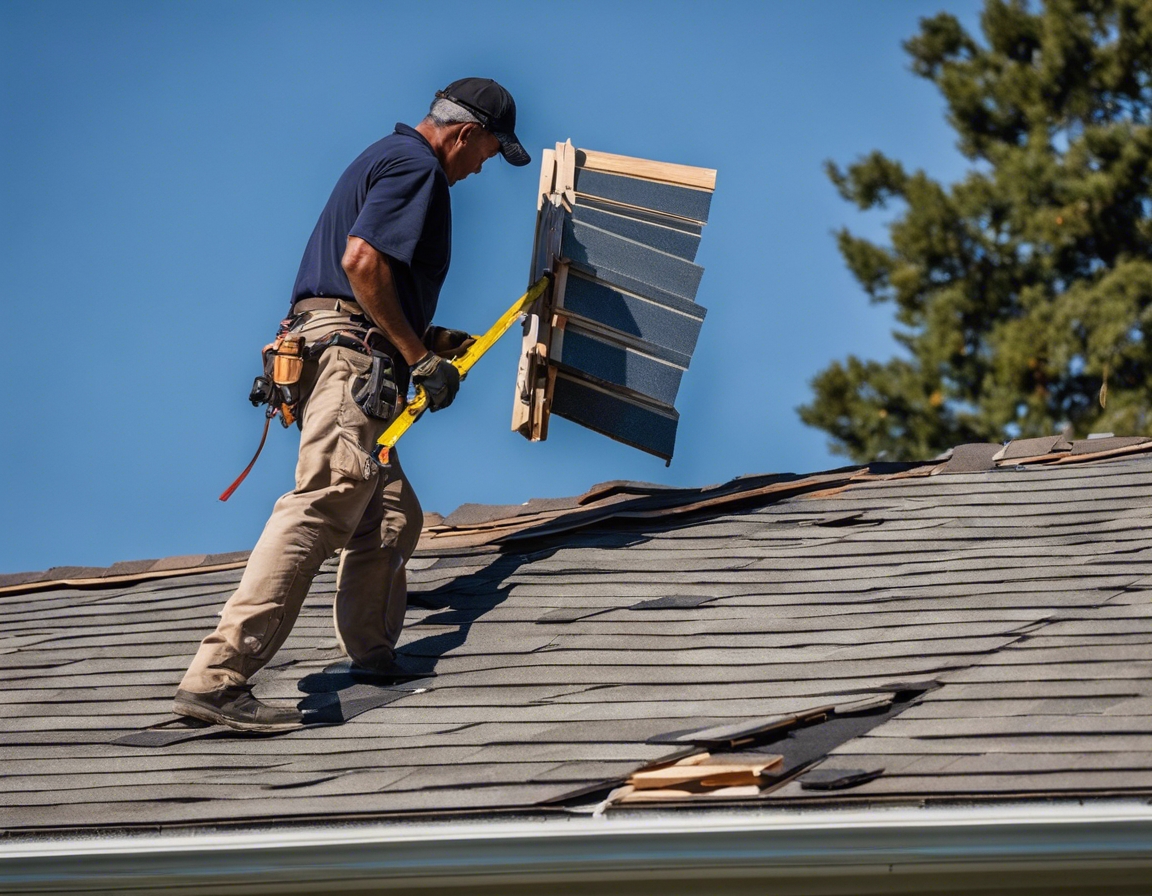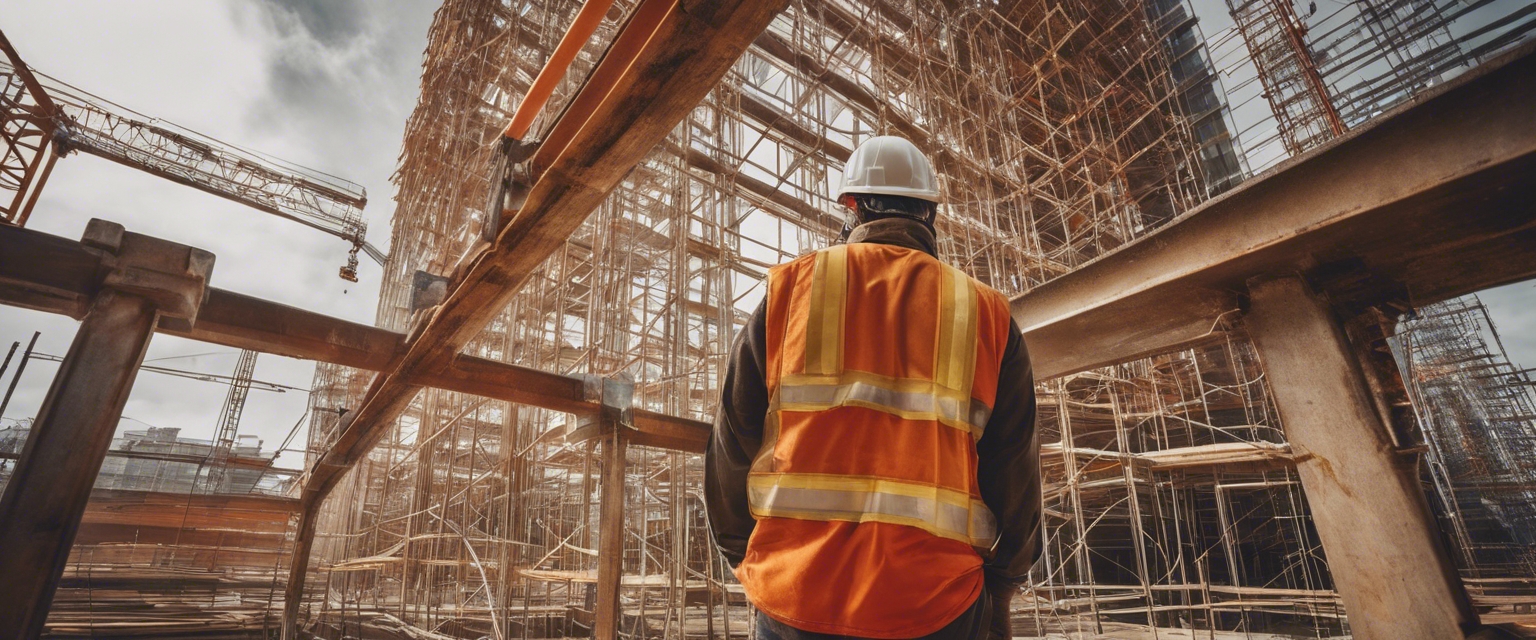Choosing the right roofing for your climate
Choosing the right roofing material for your building is a critical decision that can affect the longevity, efficiency, and safety of your property. The climate in which your property is located plays a significant role in determining the most suitable roofing material. Factors such as temperature extremes, precipitation levels, wind patterns, and exposure to sunlight must be considered to ensure optimal performance and durability.
There are a variety of roofing materials available on the market, each with its own set of properties that make it more or less suitable for different climates. Common materials include asphalt shingles, metal roofing, clay tiles, slate, wood shakes, and synthetic products. Understanding the pros and cons of each material in relation to your local climate is essential for making an informed decision.
Hot and Dry Climates
In hot and dry climates, roofing materials that reflect sunlight and resist heat are ideal. Materials such as light-colored metal roofing, clay tiles, and slate can help keep buildings cooler by reflecting solar radiation. These materials also tend to have a longer lifespan in dry conditions.
Regular maintenance is crucial to ensure the longevity of your roof in a hot climate. This includes periodic inspections for damage, cleaning to remove dirt and debris, and ensuring proper ventilation to reduce heat buildup.
Cold and Snowy Climates
In areas with cold temperatures and heavy snowfall, roofing materials should provide excellent insulation and be able to withstand the weight of snow. Materials such as asphalt shingles and metal roofing with appropriate structural support are commonly used. Additionally, dark-colored roofs can help melt snow by absorbing heat from the sun.
Winter maintenance includes snow removal to prevent ice dams and structural damage. It's also important to choose materials that are resistant to freeze-thaw cycles, which can cause cracking and other damage over time.
Temperate Climates
For temperate climates with mild winters and summers, a wide range of roofing materials can be suitable. Asphalt shingles, metal roofing, and wood shakes are popular choices that offer a balance of durability and aesthetic appeal.
When selecting roofing for a temperate climate, consider materials that provide a long lifespan and require minimal maintenance. Aesthetics should also be a priority, as the moderate weather allows for a greater variety of materials and styles without compromising on performance.
Wet and Windy Climates
In regions with high rainfall and strong winds, roofing materials need to be waterproof and securely fastened to withstand the elements. Metal roofing, asphalt shingles with a good wind rating, and rubber roofing are effective options for these conditions.
Additional considerations for wet climates include resistance to mold and mildew, as well as the ability to repair or replace sections of roofing easily in the event of storm damage.
Coastal Climates
Coastal properties are exposed to salt air, which can corrode certain materials. Stainless steel, aluminum, and copper roofing are excellent choices for their resistance to corrosion. These materials also offer a high level of durability against the harsh coastal elements.
It's important to ensure that roofing materials for coastal climates are installed with corrosion-resistant fasteners and that the design allows for adequate drainage to prevent water accumulation.






Comments (0)